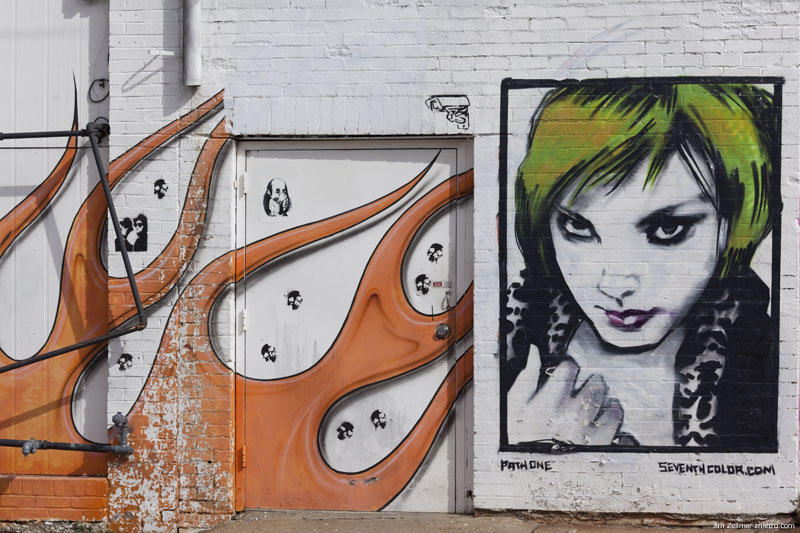More than 30 years after the famous Star Wars movie scene in which a hologram of Princess Leia appealed for help from Obi-Wan Kenobi, US researchers have unveiled holographic technology to transmit and view moving three-dimensional images.
The scientists at the University of Arizona say their prototype “holographic three-dimensional telepresence” is the world’s first practical 3D transmission system that works without requiring viewers to wear special glasses or other devices. The research is published in the journal Nature.
Potential applications range from telemedicine and teleconferencing to mass entertainment.
“Holographic telepresence means we can record a three-dimensional image in one location and show it in another location, in real-time, anywhere in the world,” said Nasser Peyghambarian, project leader.
Existing 3D projection systems produce either static holograms with excellent depth and resolution but no movement – or stereoscopic films, such as Avatar, which give the perspective from one viewpoint only and do not allow the viewer to walk around the image. The new technology combines motion with an impression of genuine solidity.
Category: Photography
Theodore Roosevelt Island Photos
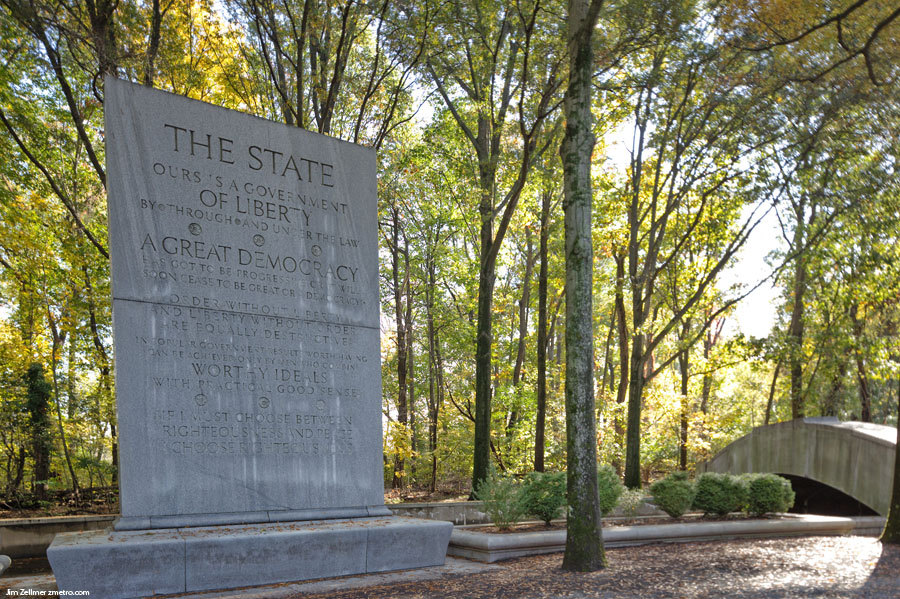
More here. Clusty search: Theodore Roosevelt Island.
Beautiful Fall Colors
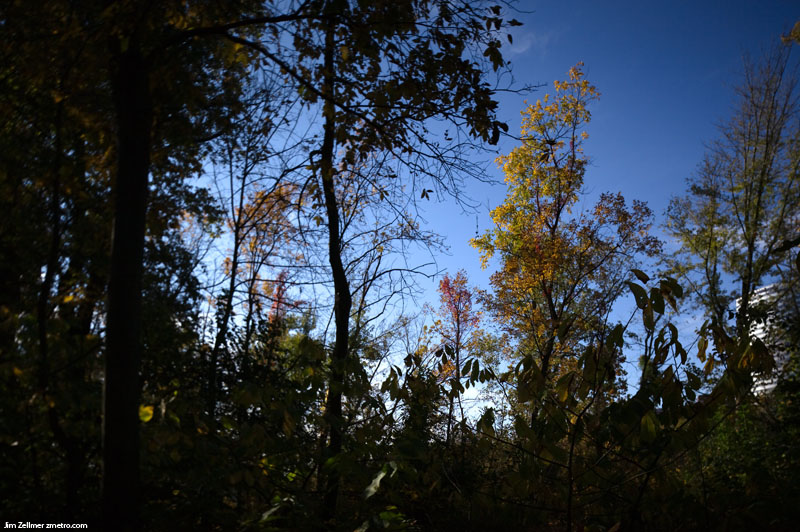
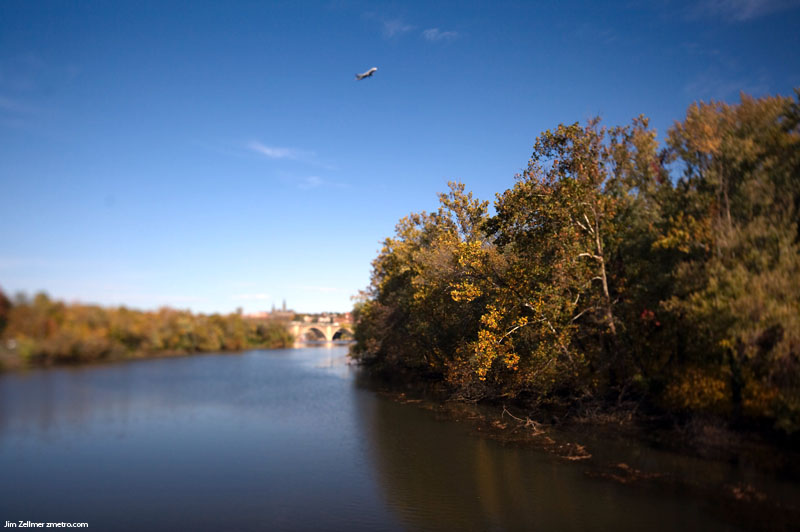
Big City Sunset

Another Gorgeous Madison Weekend!
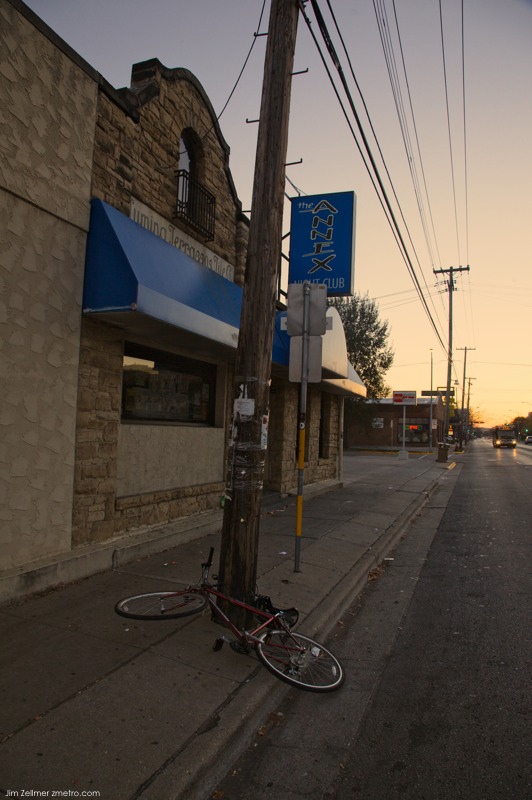
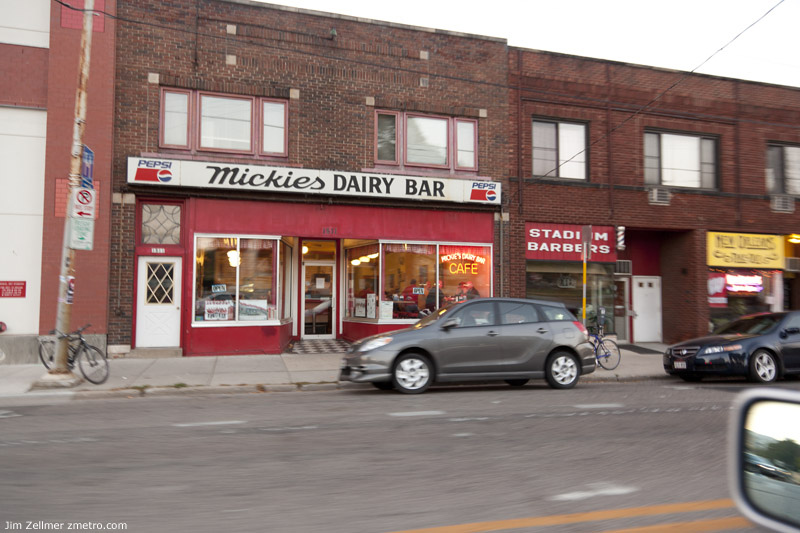
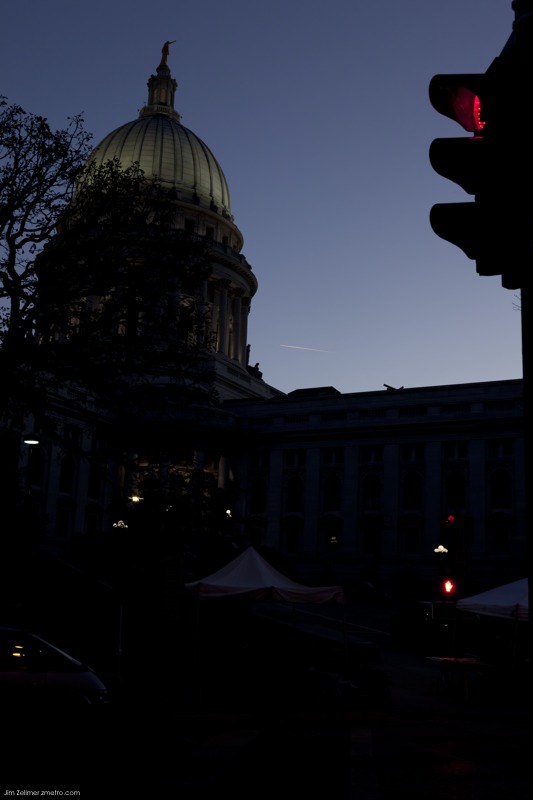
Madison’s Arboretum on a Gorgeous Sunday
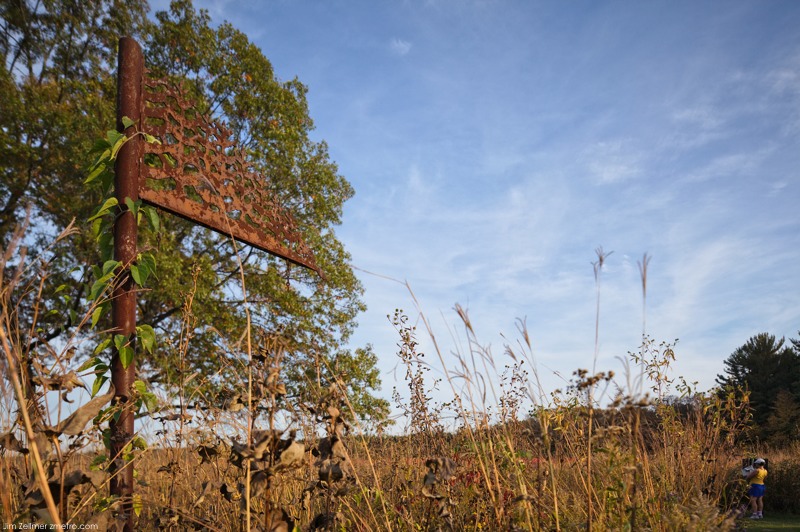

Fall Color on a Gorgeous Sunday: God’s Glory
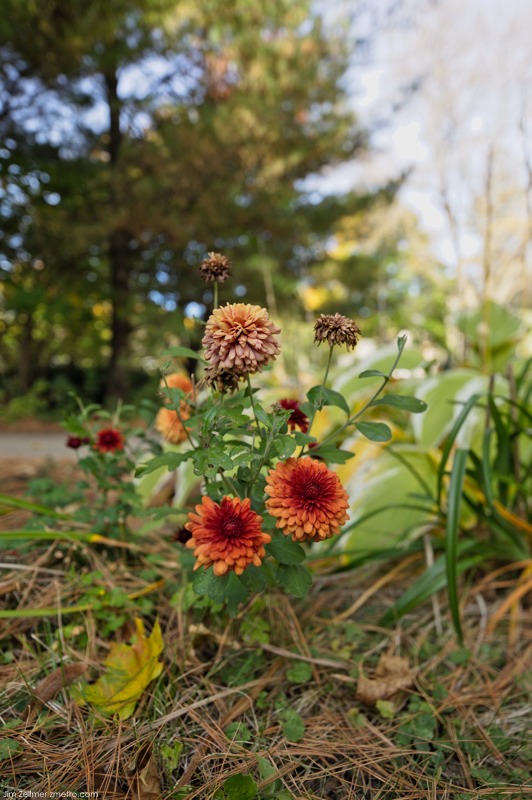
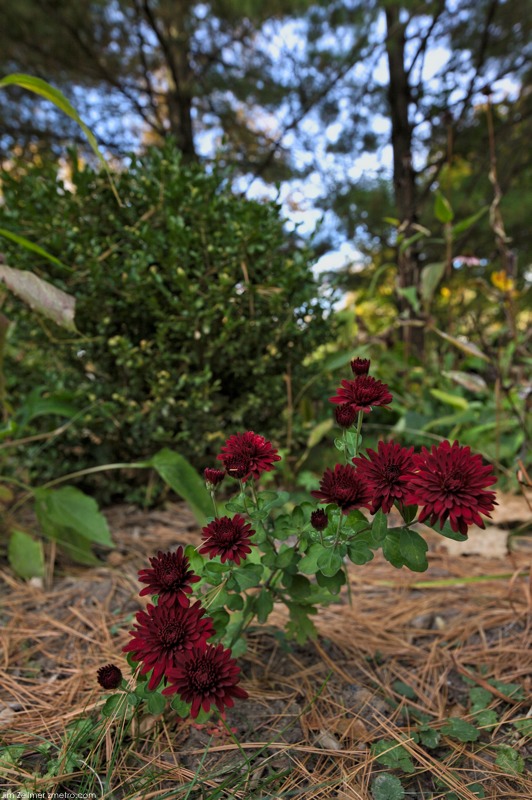
The Rural South
For one weekend every year since 2003, tiny Concord, Georgia, population 336, becomes a photography mecca. “Slow Exposures” lures photographers, curators, and editors to look at pictures from the South, to discuss and debate them, and to exchange experiences, all thanks to the wonderful Chris Curry and Nancy McCrary, with the help of a staff of cheerful volunteers. Southern conviviality and hospitality create an ambiance that is most of all creative and communicative.
Chris and Nancy created the festival as a photographic center representing the rural South. It is a non-profit organization, with proceeds going toward the preservation and restoration of historic buildings and land in Pike County, and attracts devotees and newcomers for a full slate of photographic events: a juried photography show, an all-day portfolio review, and exhibitions, all in beautifully restored local buildings. This year, John Bennette, a curator, collector, and champion of artists, conceived the wonderful exhibition “Southern Memories: Part I” for the festival, on view in the restored Whiskey Bonding Bar, in Molena. The show is John’s subjective vision of the South, shaped by his memories—he grew up in Birmingham, Alabama, and now lives in New York. Asking himself what is important in the South, he came up with four categories: the land, God, school, and Southern history; he believes that history—i.e., the Civil War—still drives Southern culture today. His show avoids the extremes of rich and poor and stays away from clichés. Many of the artists he included were discovered in earlier “Slow Exposure” shows, and were surprises to me.
School of Seven Bells @ The Majestic Madison
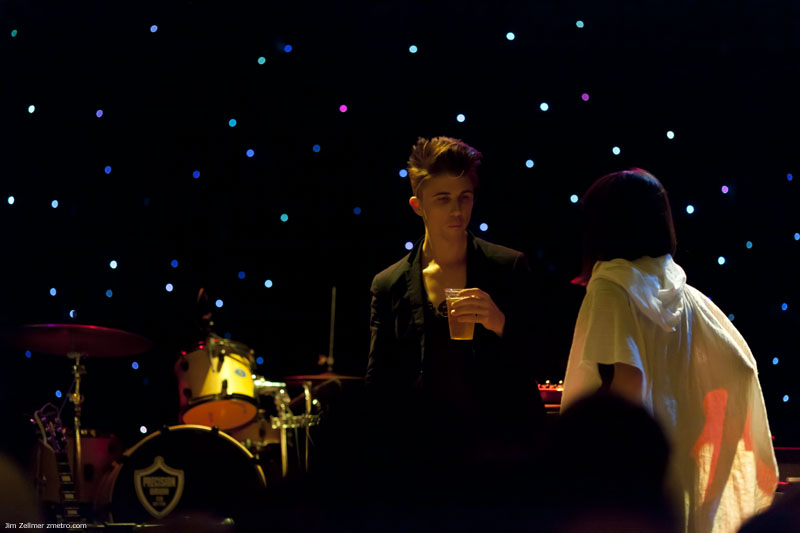
Street Art
